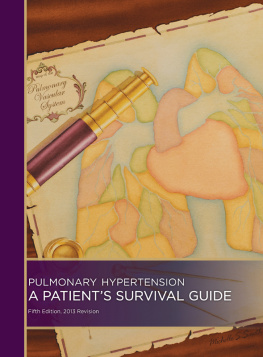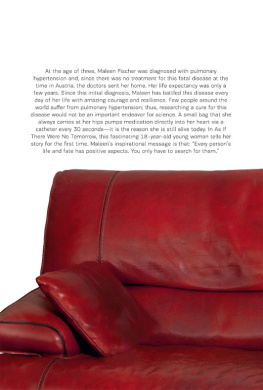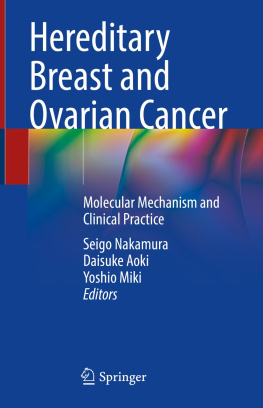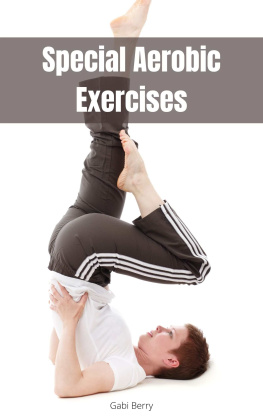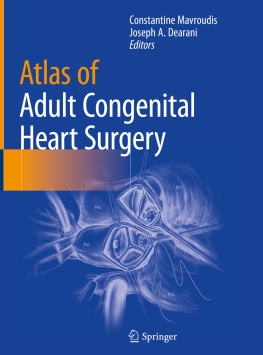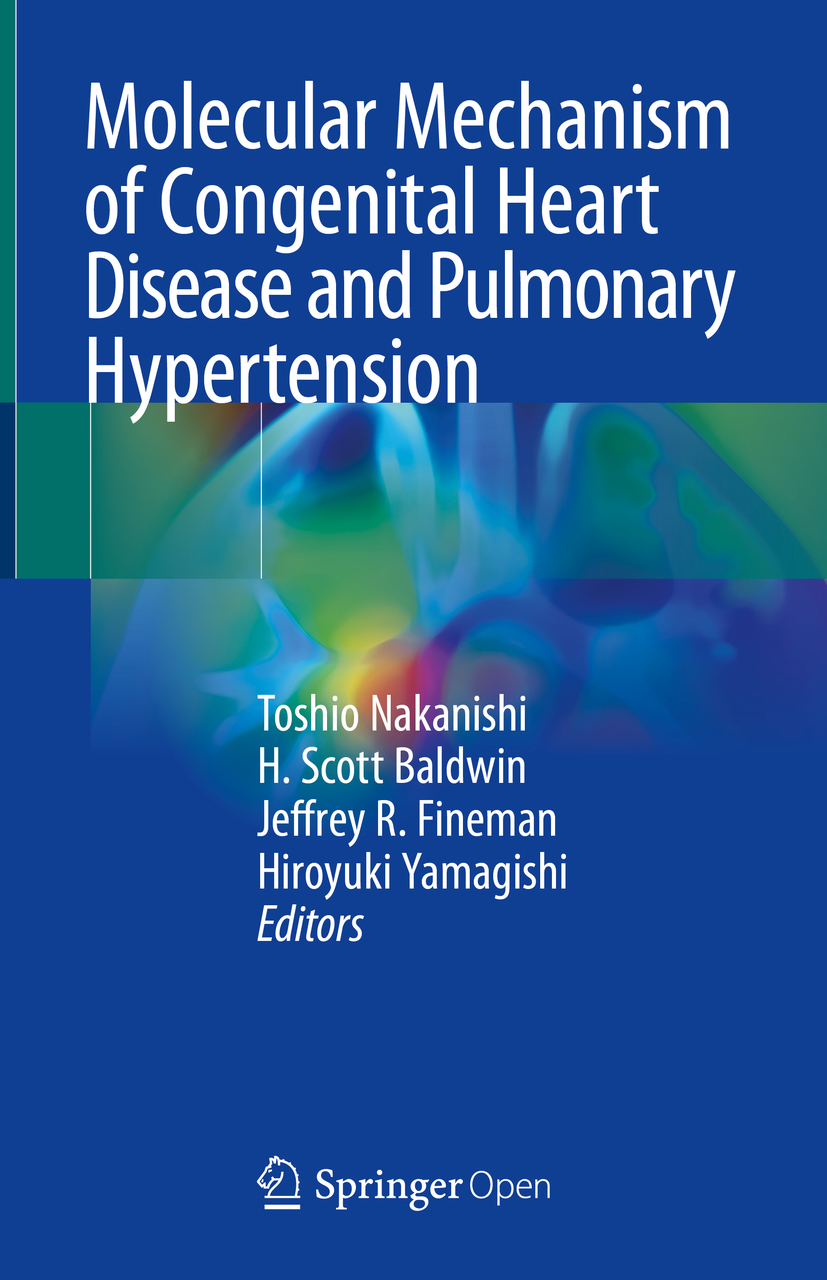This book is an open access publication.

Open AccessThis book is licensed under the terms of the Creative Commons Attribution 4.0 International License (http://creativecommons.org/licenses/by/4.0/), which permits use, sharing, adaptation, distribution and reproduction in any medium or format, as long as you give appropriate credit to the original author(s) and the source, provide a link to the Creative Commons license and indicate if changes were made.
The images or other third party material in this book are included in the book's Creative Commons license, unless indicated otherwise in a credit line to the material. If material is not included in the book's Creative Commons license and your intended use is not permitted by statutory regulation or exceeds the permitted use, you will need to obtain permission directly from the copyright holder.
The use of general descriptive names, registered names, trademarks, service marks, etc. in this publication does not imply, even in the absence of a specific statement, that such names are exempt from the relevant protective laws and regulations and therefore free for general use.
The publisher, the authors, and the editors are safe to assume that the advice and information in this book are believed to be true and accurate at the date of publication. Neither the publisher nor the authors or the editors give a warranty, expressed or implied, with respect to the material contained herein or for any errors or omissions that may have been made. The publisher remains neutral with regard to jurisdictional claims in published maps and institutional affiliations.
This Springer imprint is published by the registered company Springer Nature Singapore Pte Ltd.
The registered company address is: 152 Beach Road, #21-01/04 Gateway East, Singapore 189721, Singapore
Preface
How does the advance in science happen? Is it a sudden phenomenon like an unexpected illumination or a result of collective addition of many small facts?
This book is based on the 8th Takao International Symposium on Molecular Mechanism of Cardiopulmonary DiseaseNew Insight into the Development of Pulmonary Circulation and Ductus Arteriosusin October 2017 in Matsue, Japan.
The Takao International Symposium was first held in 1978 by Dr. Atsuyoshi Takao who was a professor and the chief of Pediatric Cardiology at the Heart Institute of Japan in Tokyo Womens Medical University from 1972 to 1990 (passed away on August 8, 2006, at the age of 81). In the 1970s, Dr. Takao wanted to facilitate basic science in pediatric cardiology by holding international conferences, putting researchers together in a small place, and letting them discuss the etiology of congenital heart diseases (CHD). Since the success of the first symposium, it has been held every 45 years and after he passed away, twice in recent 5 years. The proceeding books were published after each symposium in 1980, 1984, 1990, 1995, 2000, 2005, 2015, and this time in 2020. It is amazing that so much advance in science has been accomplished since the first Takao symposium, with path-breaking changes occurring in fields ranging from experimental teratology to molecular biology.
At this time of the 8th Takao symposium, we, organizers, thought that it might be a good time to change the field of discussion somewhat from cardiac morphogenesis to lung development. Pulmonary circulation consists of airway, lung parenchyma, and pulmonary vessels, and each component can have diseases closely related with CHD. Development of the lung in the embryonic stage may have a common pathway of heart development. Researchers in the field of cardiac morphogenesis may be interested to talk with researchers in the field of pulmonary circulation. Also, between the heart and lung, there is a ductus arteriosus, which has unique characteristics, although it is so close to the pulmonary artery. Thus, the 8th Takao symposium focused on new insights into the development of pulmonary circulation as well as basic science of pulmonary hypertension (PH) and ductus arteriosus. The aim of the meeting was to mix old friends studying cardiac morphogenesis with new friends studying pulmonary circulation and ductus arteriosus.
Although PH in the field of pediatric cardiology shares common features of adult PH, it is associated with diverse diseases with onset at any age. The etiology of pediatric PH is quite different to that of adults, including idiopathic pulmonary arterial hypertension, PH associated with CHD, and/or developmental lung diseases. Recently, medical and surgical treatment of CHD has been well established, and the associated PH and/or pulmonary arterial disorders have become important causes of morbidity and mortality in children. The management of such children remains challenging as treatments are basically dependent on evidence-based studies in adult and/or the clinical expertise of pediatric cardiologists. Moreover, there is still a lack of data on treatment strategies, effectiveness, pharmacokinetics as well as basic science of pulmonary vascular development and disorders.
The ductus arteriosus is an essential fetal structure, which provides a fetal arterial shunt between the main pulmonary artery and the descending aorta. Normally, the ductus arteriosus begins to close immediately after birth, but in some cases, it remains patent after birth and results in severe complications including PH, right ventricular dysfunction, and respiratory failure. On the other hand, patent ductus arteriosus after birth is required for patients with some complex CHD in which the systemic or pulmonary circulation is dependent on the blood flow through the ductus arteriosus. Understanding of the precise molecular mechanism underlying ductus closure is, therefore, important in the field of pediatric cardiology. The final step of ductus closure is as a result of vascular remodeling events driven by the cascade of signaling pathways that have not been fully elucidated.
In this proceedings book, many interesting results in the field of Basic Science of Lungs and Pulmonary Circulation, Clinical/Translational Science of Pulmonary Hypertension, Basic and Clinical Science of Ductus Arteriosus and Vessels, as well as Development and Regeneration of Cardiovascular System are presented. These interactive chapters must contribute to an enthusiastic and exciting advance in science. We hope to shed light on the basic mechanisms of PH by studying basic science in the development of the lung, pulmonary vessels, ductus arteriosus, and heart.



